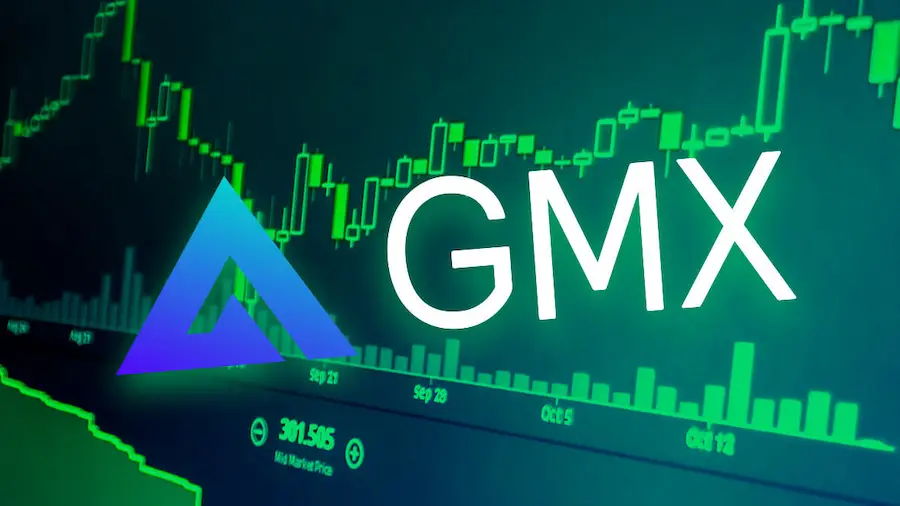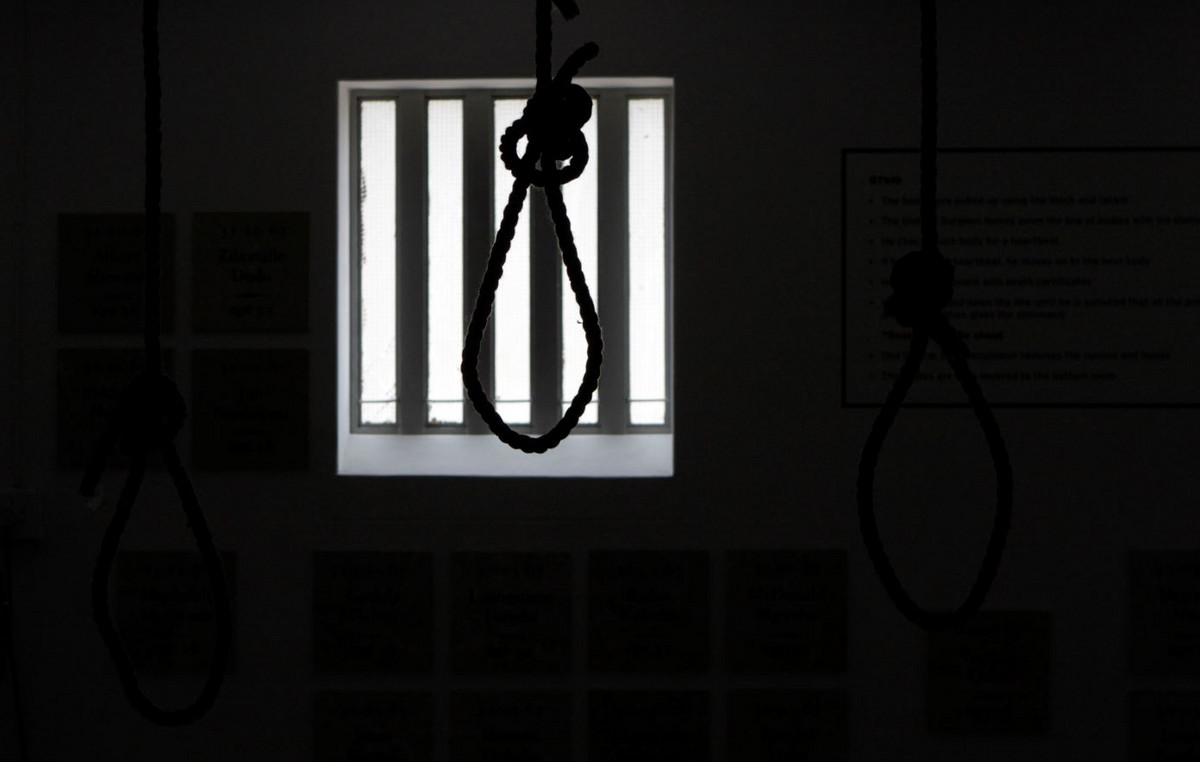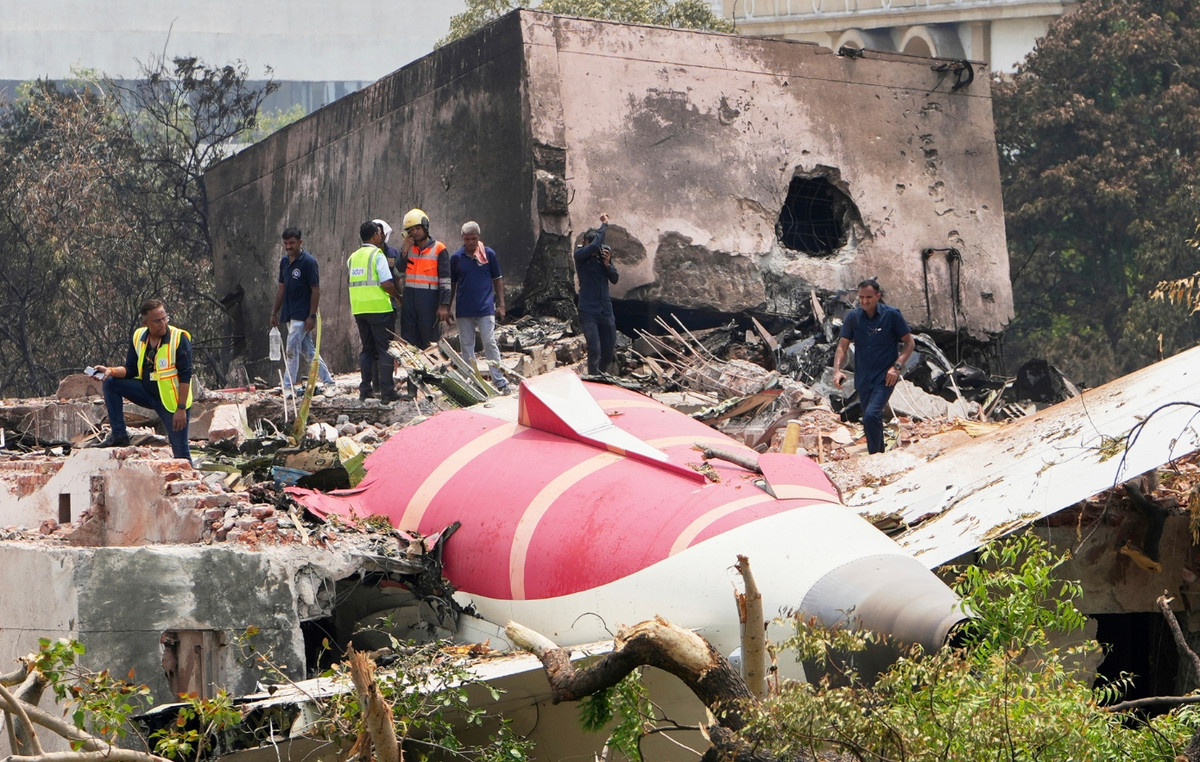By Hal Brands
Wars that are caused by human decisions may at the same time be products of deep historical processes. As proof of the above reasoning, look at the fighting in Ukraine.
This conflict is the work of Russian President Vladimir Putin, a leader determined to reassert Russia’s greatness by destroying an independent Ukraine. However, it is also part of a larger story about what happens when empires fall apart.
Clothes
The fighting in Ukraine is the latest and worst of the wars fought over the mantle of the Soviet Union, an empire whose death rattle continues some 30 years after it ceased to exist as a single entity. It will not, unfortunately, be his last event.
The 20th century brought with it the dismemberment of the great Eurasian empires that once dominated world affairs. World War I destroyed the Russian, Austro-Hungarian, Ottoman and German Empires. World War II destroyed empires ruled from Tokyo, Rome and (once again) Berlin. Decolonization then ended the British, French and Portuguese empires. And the end of the Cold War killed the Soviet Union, which first lost its satrapies in Eastern Europe and then disintegrated into 15 independent states.
However, empires do not die quickly: their collapse, historian Serhii Plokhy wrote, is “more a process than an event”. When a massive entity once restrained by the iron discipline of the metropolis retreats, don’t expect a new, stable status quo overnight.
Ongoing tensions in the Balkans and the Middle East remind us that the legacies of the Austro-Hungarian and Ottoman empires are still at work. The relationship between Britain and its former colonies continues to evolve.
A tangled mess
Because the Soviet Union was so brutally ruled, its dissolution was particularly uneven. The end of the Soviet state removed the restrictions that had suppressed ethnic tensions and national rivalries between the constituent parts of the empire. It gave birth to new, politically unstable states. It precipitated an ongoing struggle between the country that dominated the empire, Russia, and the states and peoples that were now looking for a way to escape Moscow’s control.
The result was what scholars have called the “Soviet Succession Wars”—a series of bloody conflicts over disputed territories from Eastern Europe to Central Asia.
During the 1990s, wars rocked Nagorno-Karabakh, Transnistria, Chechnya, Abkhazia, South Ossetia and Tajikistan, often drawing in neighboring states and international peacekeepers. Some of these conflicts simmer to this day.
Others, such as the Nagorno-Karabakh dispute between Armenia and Azerbaijan or the battle between Georgia and its Moscow-backed breakaway provinces of South Ossetia and Abkhazia, flared into major international conflicts. The end of the Soviet Union was a geopolitical earthquake whose aftershocks destabilize the international system even today.
Ukraine has suffered the most terrifying of these tremors: the current war is distinguished by the ferocity of the fighting and the absoluteness of Putin’s attempt to wipe another country off the map. Its most immediate origin can be traced to the increasingly totalitarian nature of the Putin regime, which allows it to be more aggressive, while at the same time obliging it to discover external enemies. At its core is also the stake of whether Kyiv will align itself with Moscow or the West.
Mosaic
However, it is also a mosaic of the wider post-Soviet turmoil. Ukraine’s declaration of independence in late 1991 helped destroy the Soviet state and accelerate the imperial disintegration that followed. It is not surprising, and sadly symbolic, that Ukraine is at the center of Putin’s bid to reassert the dominance Moscow once held.
The war did not turn out the way Putin planned: Ukraine has defended itself admirably and will resist its forcible incorporation into a Russian sphere of influence for a long time to come. Putin’s quest for an imperial resurrection has, in this case, supercharged the completion of the formation of Ukrainian patriotism/nationalism. However, although Russia has paid a high price for its miscalculation, this does not mean that the wars of the “Soviet succession” are over.
If and when the Russia-Ukraine conflict ends, the dividing line between the two armies may just become a new contested post-Soviet border where frequent tension will cause periodic violence. Whether Russia wins or loses, the outcome will change the balance of power within the former Soviet Union, perhaps causing a new intensification of old differences with Moldova, Georgia or other states.
The potential for violence in Central Asia remains high, as demonstrated by an anti-government uprising in Kazakhstan that preceded a Russian intervention earlier this year. A change of government or a military coup in Belarus – neither of which can be ruled out due to deep resentment of Alexander Lukashenko’s authoritarian regime – could mark the start of a dispute over that country’s place on the axis between Russia and the West .
In early 1992, an American newspaper warned that the trouble caused by the “fragmented (and nuclear-armed) fragments of the world’s last great empire” was just beginning.
Even when the current war is over, the long, violent afterlife of this empire will continue.
Source: Bloomberg
I’m Ava Paul, an experienced news website author with a special focus on the entertainment section. Over the past five years, I have worked in various positions of media and communication at World Stock Market. My experience has given me extensive knowledge in writing, editing, researching and reporting on stories related to the entertainment industry.







